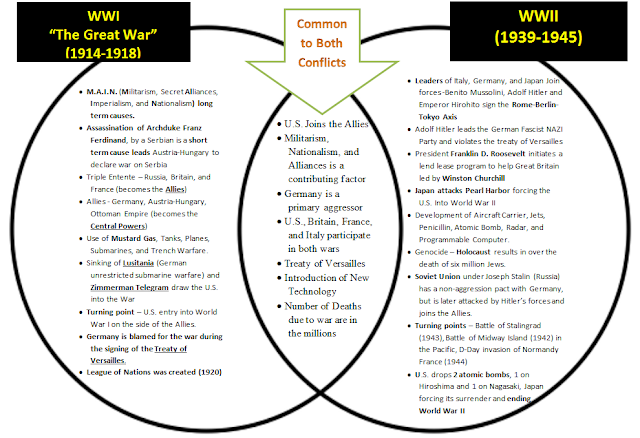TASC SCIENCE STUDY PACKET 4: Life Science
Good Day TASC takers. Here is day 4 out of a 7 day science prep course. If you prefer to work offline and need to download the entire study file click on the link below:
Life Science Day 4: Construct an explanation based on evidence for how the structure of DNA determines the structure of proteins which carry out the essential functions of life through systems of specialized cells.
All living organisms are made up of individual units called cells. The cell is the basic building block of life. Your body has many
different kinds of cells, such as skin cells, liver cells and blood cells.

In the center of most cells is a structure called the nucleus. This is where chromosomes are located. Chromosomes are a threadlike structure of nucleic acids and protein found in the nucleus of most living cells, carrying genetic information in the form of genes. Genes are the individual instructions that tell our bodies how to develop (i.e. blue or brown eyes?) and function.

The typical number of chromosomes in a human cell is 46. Humans receive 23 from each parent, if a person receives more chromosomes a genetic abnormality can occur.
Video Review of Cell Structure

In the center of most cells is a structure called the nucleus. This is where chromosomes are located. Chromosomes are a threadlike structure of nucleic acids and protein found in the nucleus of most living cells, carrying genetic information in the form of genes. Genes are the individual instructions that tell our bodies how to develop (i.e. blue or brown eyes?) and function.

The typical number of chromosomes in a human cell is 46. Humans receive 23 from each parent, if a person receives more chromosomes a genetic abnormality can occur.
All
genes are stored in Deoxyribonucleic Acid
(DNA) a very complex and very tightly regulated
chemical sequence that contains all the information our cells require to grow,
perform functions and replicate. DNA cannot leave the nucleus of the cell. Nucleotides
are paired in a twisted ladder shape called a double helix (see diagram above). Cytosine
(C) pairs with Guanine (G) and Thymine (T) pairs with Adenine (A),
hence the pairing of (AT) (GC).
 |
| Here we can see how nucleotides make up DNA and is compressed into chromosomes that exist within the nucleus of an individual cell that makes up the much larger human organism |
Transcription is the process that makes RNA from DNA. DNA unzips into 2 separate strands when RNA polymerase passes through DNA allowing Ribonucleic Acid (RNA) to make a cheap copy of DNA. It’s cheap because it does not use Thymine (T) as a nucleotide, but instead substitutes it for Uracil (U).
RNA can leave the nucleus of the cell and is used in RNA Translation or the processes that describe how protein synthesis (building of the body) takes place. The cheap RNA copy then goes into the cytoplasm to the mitochondria and is read in sets of three nucleotides called Codons. These codons are translated into an amino acid that is sequenced (placed in a certain order) that eventually creates a protein. Proteins are the building blocks used by living organisms to create structural components of body tissue such as muscle, hair, collagen, etc…

Video Review
Day 4 Practice




Comments
Post a Comment